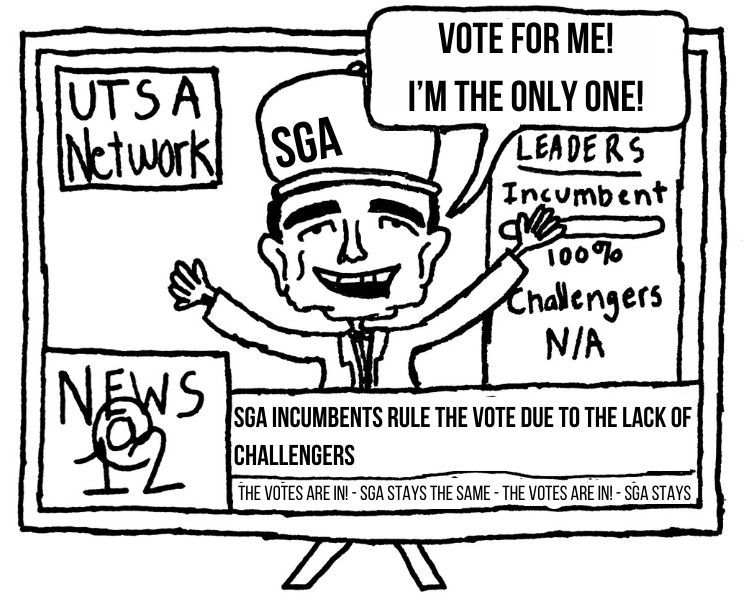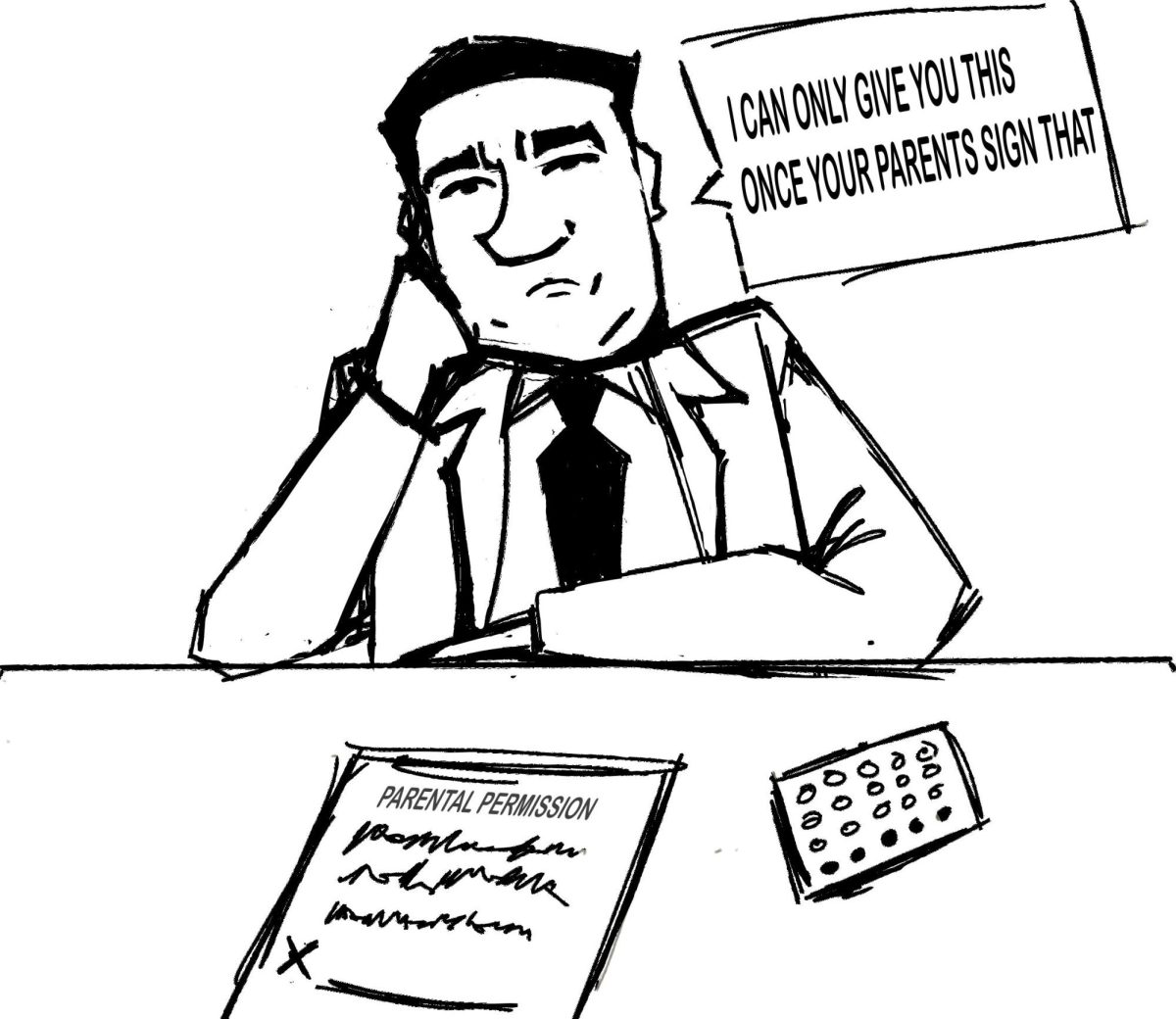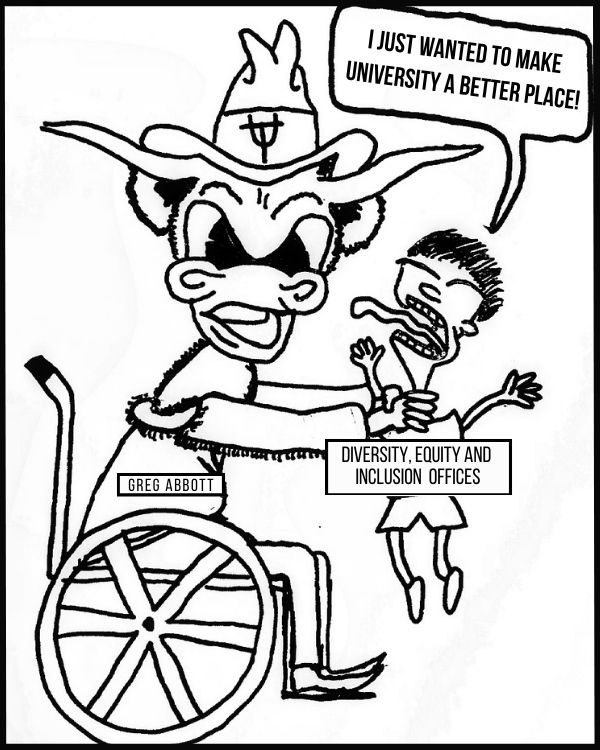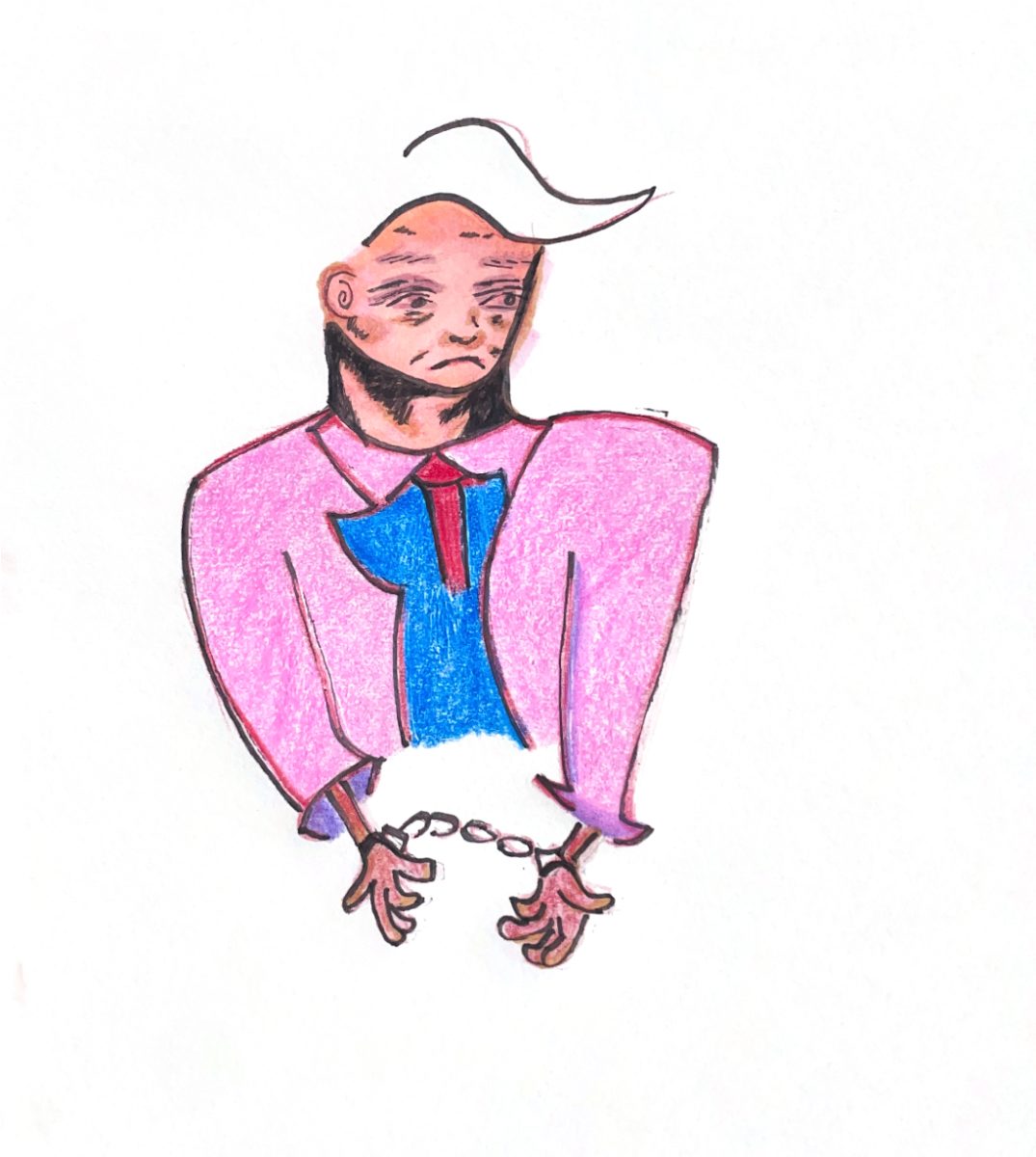When the Coordinated Admissions Program (CAP) began in 2001 UTSA’s admission rate was essentially 100 percent, fewer than 20,000 students were enrolled here and we were without a football team, a Rec Center or an identity.
Now, as UTSA continues its push for Tier One status, it is becoming increasingly apparent that the CAP program is holding back the university. Administrators at UTSA and at UT Austin alike have signed off on a plan to make this year’s crop of CAP students at UTSA the university’s last. Citing reasons ranging from UTSA’s mediocre retention rate to UT-Dallas’ abandonment of the program, both universities agree that ending the CAP program at UTSA is the right decision.
However, the UT System’s Board of Regents, who must first approve the change, has yet to signal its assent.
The CAP program allows students who are not initially admitted to UT-Austin an opportunity to attend the flagship university if they first enroll at another UT System school and meet certain academic criteria, namely that they maintain a 3.2 GPA and take a minimum of 30 credit hours.
Since the program began over ten years ago over 13,000 CAP students have enrolled at UTSA — more than any other school by a wide margin. Although more than eight schools have participated in the CAP program, about two out of every three student who have come through the CAP program have picked UTSA. This means that while UTSA must plan for over a thousand freshmen each year who have no intention of staying more than a couple semesters, schools like UTEP have never seen more than 70 such students each year, despite similar enrollment numbers.
UTSA also experiences a high turnover of students enrolled in the CAP program — from 2001 through 2011 CAP students who attended UTSA were more than 30 percent more likely to be accepted to UT Austin than were their peers at other UT system schools. In total, about 70 percent of CAP students who enroll at UTSA are gone by their sophomore year.
Of course, while these statistics hardly paint a grim picture of UTSA’s academics — more students voluntarily choose to come here and a higher percentage of them meet the academic standards — UTSA needs more than a pretty picture to be a successful, Tier One university.
One of the most obvious measures of a university’s student body is the number of students who stick around for their sophomore year. As it stands right now, UTSA’s retention rate is a paltry 60 percent, well behind schools like UT-Austin and Texas A&M, whose retention rates are currently around 90 percent. According to UTSA’s graduation Rate Improvement Plan (GRIP), eliminating the CAP program would immediately bump that number up by ten points, easily a start in the right direction.
Of course, the numbers suggest that if UTSA is able to abandon CAP it will almost certainly result in fewer students choosing to enroll in the CAP program. Approximately two-thirds of CAP students pick UTSA, and without such a popular stepping stone there will likely be students who choose to pursue a degree somewhere other than UT’s flagship. Additionally, because students at UTSA are more successful than student at other CAP schools there may very well be a decline in the number of CAP students who make it to Austin, and the Board of Regents is certainly aware of this.
However, the Board of Regents should not run the whole system as if the university in Austin is the only one that matters. UTSA and UT Austin have both signed off on a plan to eliminate the CAP program at UTSA, but the Board of Regents has been too stubborn to give the plan the go-ahead.
While UTSA is doing everything in its power to boost its retention and graduation rates, the Board of Regents is preventing our progress by forcing us to keep our numbers artificially low. According to the GRIP we are on pace to rival both UT Austin’s and Texas A&M’s retention rate within the next ten years, but only if we can first eliminate the CAP program.
A successful system is one with more than one Tier One university, and UTSA can only reach this status if it abandons the CAP program.
UTSA should be educating its own students, not babysitting for its older brother in Austin.

















